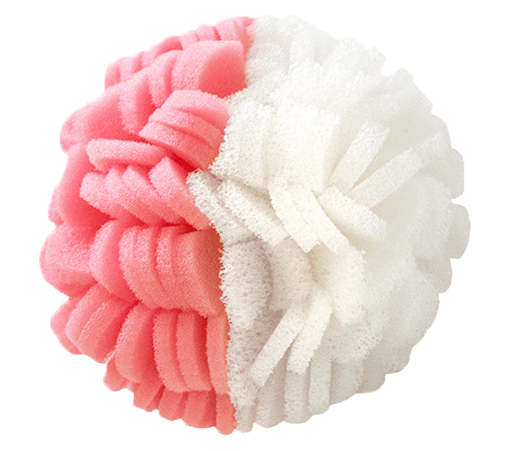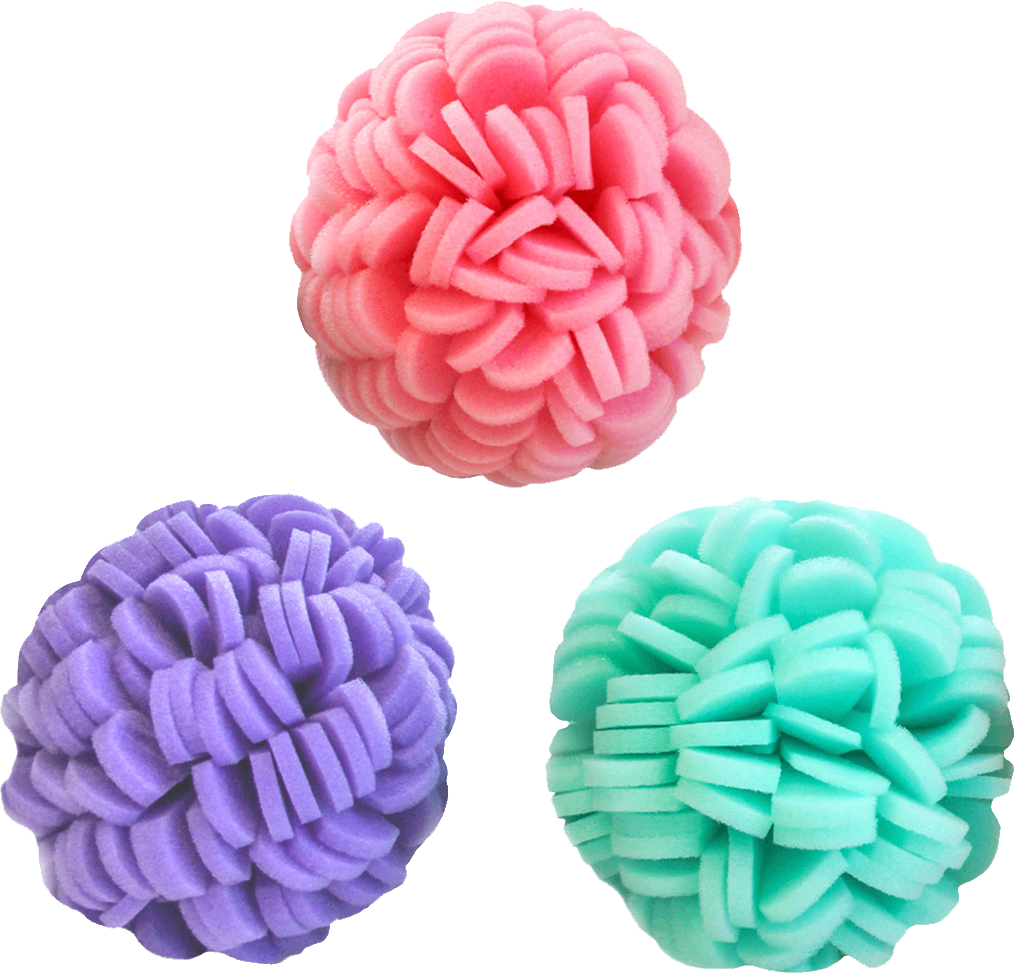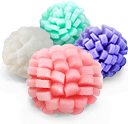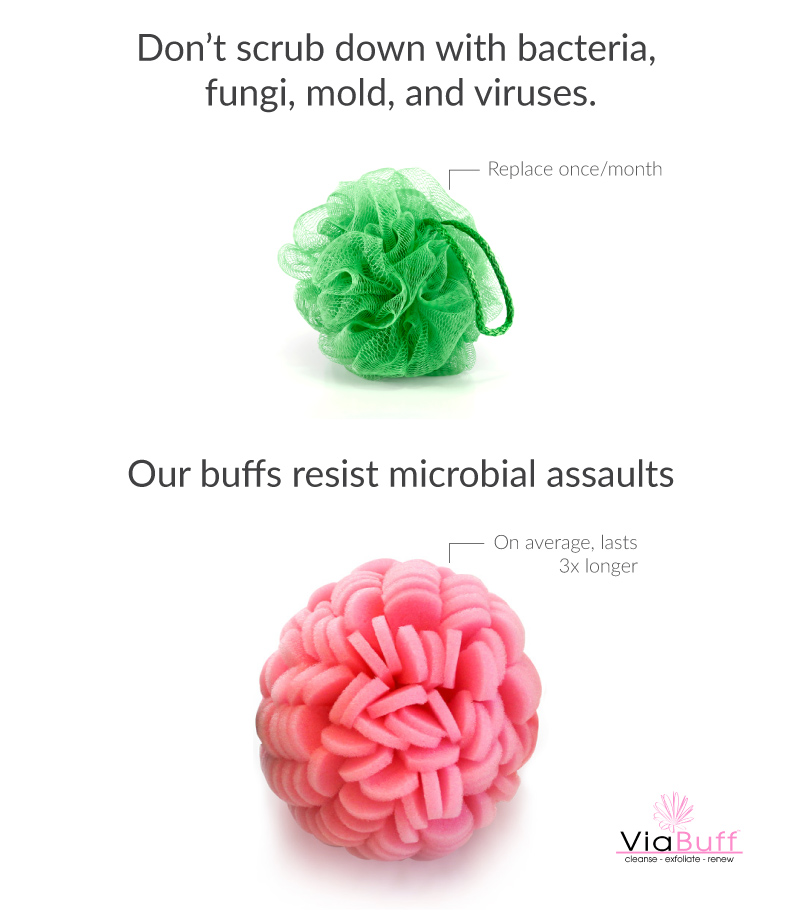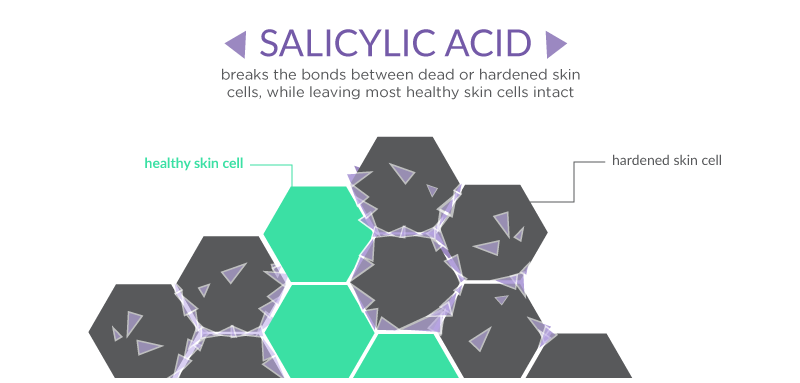One of skin care’s longest running debates is whether natural products and ingredients are superior to man-made ones in both treating skin conditions and maintaining overall skin health. While natural products sound like a clear winner, certain natural and unrefined ingredients can be particularly damaging to the skin. It’s also important to remember that just because it’s safe to eat something, does not mean that it will benefit your skin if you smear it on your face. Similarly, some man-made products may be too-abrasive for use on most skin types. But which is the best?
Natural Does not Equate with “Beneficial”
If years of hit-and-miss skin care using store-bought products has left you jaded, then using DIY products made of homemade and natural ingredients sounds like a great idea. Sometimes, this is indeed the case – the enzyme papain found in pineapple and papaya is a great exfoliator, and lactic acid found in milk is also great for exfoliating (Cosmetic Dermatology, Clinical, Cosmetic, and Investigational Dermatology). However, topically applying these ingredients in their most raw form (i.e. as mashed fruit and milk, respectively) can often lead to skin irritation and sensitization.
For example, nut shells and fruit seed fragments are abrasive components found in many popular exfoliating scrubs. While these do provide a satisfying friction, they also contain jagged edges that can create microtears in your skin (Dr. Frank Lipman). These microtears not only can leave the skin irritated and inflamed, but they also create small opening where environmental pollutants and bacteria can enter the skin. Sea salt is another common natural abrasive that ought to be kicked to the curb. The salt commonly found in most DIY scrubs both creates tears in the skin and robs the skin of moisture (Dr. Karen S. Lee, Livestrong). Even worse, most sea salts are too coarse for use on the body and face, even for those with particularly tough or calloused skin.
Plant-based loofahs and puffs may seem like a great alternative to exfoliating seeds and shells. However, these loofahs’ plant-based construction, many small crevices, and being kept in perpetually wet environments promote rapid bacterial colonization (Journal of Clinical Dermatology). Researchers have suggested regularly cleaning these types of loofahs in a 10% bleach solution in order to kill off bacteria, but using such a harsh detergent on a plant-based product seems to nullify using a natural product.
While studies have repeatedly praised honey for its anti-microbial and wound-healing properties, we were unable to find any scientific evidence that honey is a potent exfoliator (Asian Pacific Journal of Tropical Biomedicine, Cochrane Database of Systematic Reviews). Granulated sugar is a great topical preparation for treating infected wounds, promoting tissue formation and epithelization, and encouraging rapid wound healing (Standards of Care: Emergency and Critical Are Medicine, Wounds International) However, as with honey, we were not able to uncover any published evidence discussing granulated sugar’s exfoliative properties. While honey and granulated sugar can certainly help your skin in terms of wound healing, you should look for different exfoliative ingredients when looking for a good cleansing scrub.
Some Man-made Products Should Stay in the Lab
Just as with natural products, man-made skin care products and ingredients can be hit-or-miss. For example, while exfoliating brushes have reached acclaim with public audiences, most dermatologists acknowledge that these abrasive brushes can create micro-tears in the skin and are unsuitable for those with sensitive or severely dry skin. Additionally, brushes are not suitable for use on the face, and should be used not more than once a week ( Dr. Marc Glashofer and Dr. Tina Alster for TIME.com).
Nylon puffs aren’t much better. One study found that nylon puffs were commonly contaminated with Staphylococcus aureus and E.coli, among other bacteria (European Journal of Dermatology). While they aren’t necessarily harmful to the skin, the plastic microbeads found in many exfoliating serums are major environmental pollutants that ultimately do more harm than good (Marine Pollution Bulletin).
So What Exfoliators Can I Use?
If you are looking for a good abrasive product that won’t make your skin raw and irritated, then look no farther than the ViaBuff Exfoliating Puffs. Our puffs are made of an ultra-durable polyurethane that lasts up to three months and will remove excess debris without damaging the healthy skin beneath. Additionally, the puffs’ open cell design prevents excess water retention, leaving a less hospitable environment for bacteria to grow.
Salicylic acid is also a great ingredient for those looking for a deeply-penetrating exfoliation. Salicylic acid works by loosening the bonds between hardened horny cells in the stratum corneum (Archives of Dermatological Research), so that unhealthy and deadened skills can be more easily removed by your exfoliating puffs. Even better, research has indicated that salicylic acid can improve skin in those with acne, callouses, keratoses) or signs of photoaging (Clinical, Cosmetic, and Investigational Dermatology)
If you prefer compounds derived from natural ingredients, then you may want to consider products containing the enzyme papain, which is found in both pineapple and papaya. Papain, similarly to salicylic acid, works by breaking down intracellular protein bonds in the skin’s horny layer and removes old keratins from the skin (Cosmetic Dermatology, U.S. Patent 8377434). As an added bonus, exfoliation using enzymes like papain has a low probability for inducing irritation, meaning that even those with sensitive skin should be able to use papain-containing products without a problem. However, it is safest to apply papain when it is combined with other ingredients in a premade product, as opposed to applying mashed pineapple or papaya to your face.
Lactic acid, commonly derived from milk is an alpha-hydroxy acid renowned for its abilities to exfoliate the skin and combat signs of aging (Clinical, Cosmetic, and Investigational Dermatology, British Journal of Dermatology). As an added bonus lactic acid has humectant properties that help the skin to retain moisture (Cosmeceuticals and Active Cosmetics, Third Edition) It is important to note that in order to ensure safety and efficacy, most products contain a synthesized version of lactic acid. It is also important to note that applying milk or dairy directly to one’s skin will likely end in irritation. It is safest to use these products when combined in a serum or cream.
Bottom Line
In the debate over natural versus man-made skin care ingredients, there is never a clear winner. Putting your faith completely in mother nature or laboratory creations will usually leave you disappointed at some point. In order to have the most effective and safe exfoliative routine, we suggest combining both natural and man-made ingredients when you exfoliate, as well as consulting with your dermatologist before you try any new ingredients on your face.

